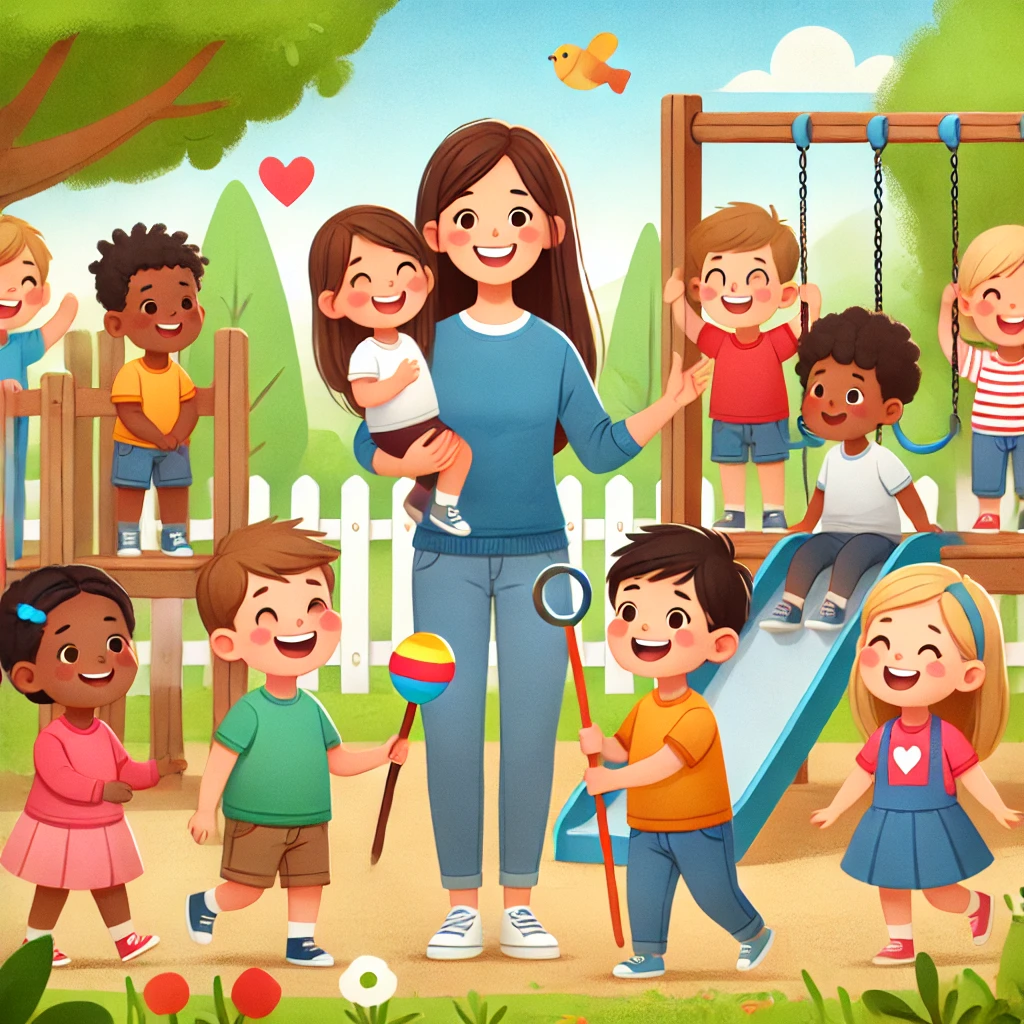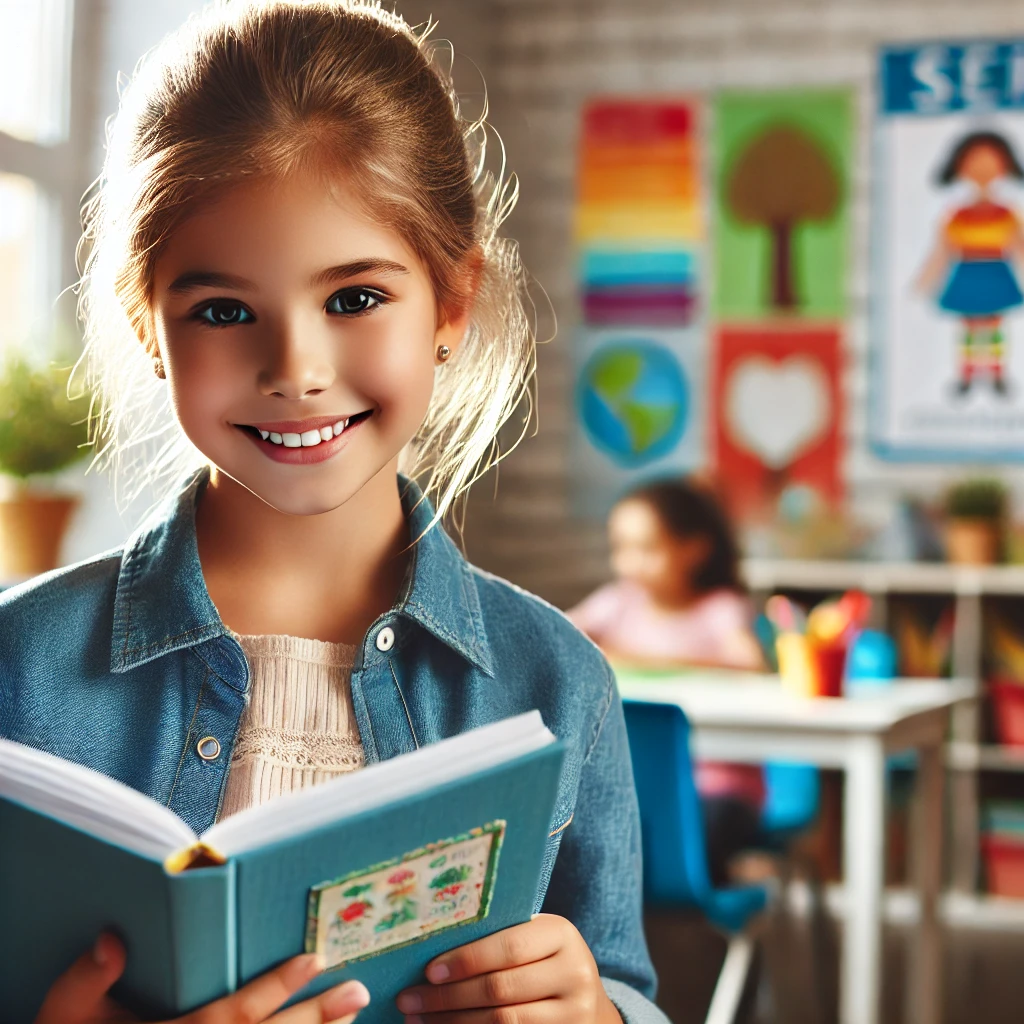What is Child Protection?
admin
February 22, 2025

Every child deserves a life free from harm, abuse, and exploitation. Yet, in many parts of the world, including Nigeria, thousands of children face neglect, violence, and exploitation daily. Child protection is the fundamental right of every child and the responsibility of society to ensure their safety, well-being, and development. But what exactly does child protection mean? And why is it crucial to act now?
In this article, we will explore the concept of child protection, its importance, the risks children face, and how we can all play a role in safeguarding their future.
What is Child Protection?
Child protection refers to the policies, measures, and practices put in place to prevent and respond to abuse, neglect, exploitation, and violence against children. This includes ensuring children’s rights to safety, education, healthcare, and a nurturing environment.
Child protection involves efforts from families, communities, governments, and organizations to create a world where every child can grow up free from harm.
Why is Child Protection Important?
Child protection is critical because:
- Children are vulnerable. They depend on adults for care, protection, and guidance.
- Abuse has long-term effects. Childhood trauma can lead to emotional, psychological, and social issues later in life.
- Every child has rights. The United Nations Convention on the Rights of the Child (UNCRC) emphasizes the right of every child to safety and protection.
- It ensures a better future. Protecting children today creates a stronger, healthier society tomorrow.
Common Threats to Child Protection
Children around the world face numerous threats to their safety and well-being, including:
1. Child Abuse
Child abuse can be physical, emotional, sexual, or psychological. It includes any action that harms a child’s well-being.
2. Child Neglect
Neglect happens when a child’s basic needs—such as food, shelter, education, and healthcare—are not met.
3. Child Labor
Many children in Nigeria and other parts of the world are forced into dangerous work environments, depriving them of education and a healthy childhood.
4. Child Trafficking
Trafficking involves the illegal movement of children for exploitation, including forced labor, sexual exploitation, and domestic servitude.
5. Early and Forced Marriages
Many young girls are forced into marriage before they are physically or emotionally ready, leading to severe health and psychological problems.
6. Online Exploitation
With the rise of digital platforms, children are increasingly at risk of online abuse, cyberbullying, and exploitation.


How Can We Protect Children?
Child protection is a collective responsibility that requires action at all levels. Here are key strategies to safeguard children:
1. Strengthening Laws and Policies
Governments must enforce strict child protection laws, ensuring perpetrators are held accountable and children’s rights are safeguarded.
2. Educating Parents and Communities
Awareness programs can help parents, caregivers, and community members recognize signs of abuse and take preventive measures.
3. Providing Safe Environments
Schools, religious institutions, and public places should have child-friendly policies and trained personnel to protect children from harm.
4. Empowering Children
Teaching children about their rights and personal safety helps them recognize abuse and seek help when needed.
5. Strengthening Social Services
Governments and organizations should invest in child protection services, including shelters, counseling, and rehabilitation programs.
6. Reporting Abuse
Encouraging people to report child abuse through hotlines and legal channels ensures timely intervention and justice for victims.
Recent Posts
Have Any Question?
We’re here to help and answer any questions you might have. just send us a message.


